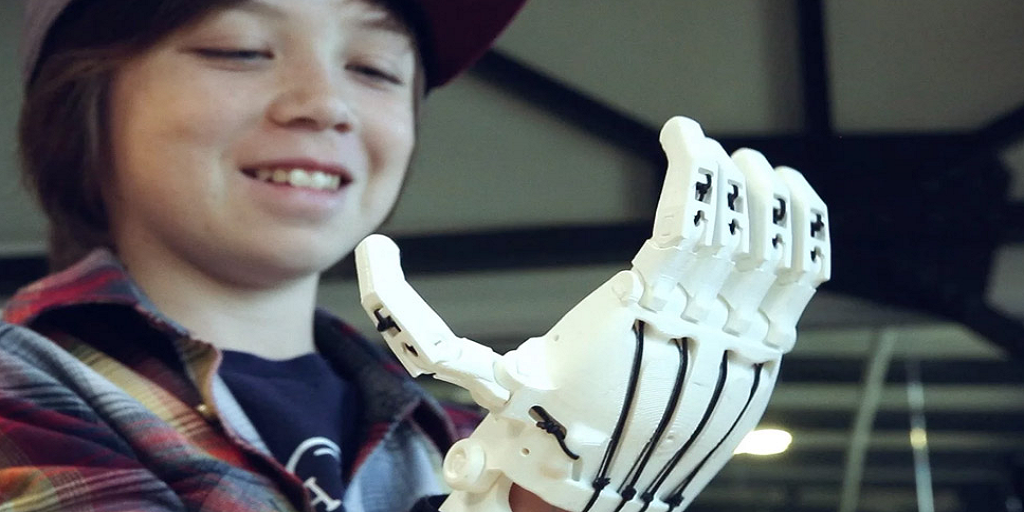“Eastman is committed to making a difference in the communities where we operate and improving the well-being of the people who live in those communities,” said Dante Rutstrom, vice president and managing director of Eastman Asia Pacific. “That’s why this opportunity to work with Chung-Ang University is so exciting. We look forward to the day when children will have their lives empowered through the work that will be done at the Creative Factory.”
Eastman introduced their Amphora polymer in 2014, and it’s been used to produce filament for colorFabb, taulman3D, Triptech Plastics and 3DXTech. The styrene-free copolyester material makes sense for the manufacture of prosthetic devices; it’s strong, durable, and, most importantly, FDA-approved for applications involving food contact.
It’ll be interesting to see the results of this collaboration. It’s sobering to think of how many kids have lost or were born without hands, arms, or legs, and even while organizations like e-NABLE work furiously to reach as many of those kids as possible, there are always more waiting. I like the idea of regional organizations coming together to help children locally. It’s become so easy – and inexpensive – to create prosthetics through 3D printing; it’s often a matter of location that keeps many children from being able to access the devices they need. Imagine if there were more partnerships like the one between Eastman and Chung-Ang University, specifically dedicated to assisting children in regional locations. Efforts like this around the world could go a long way towards helping kids even in the most remote areas. Discuss your thoughts on this great new program in the Eastman 3D Printing Prosthetics forum over at 3DPB.com.
